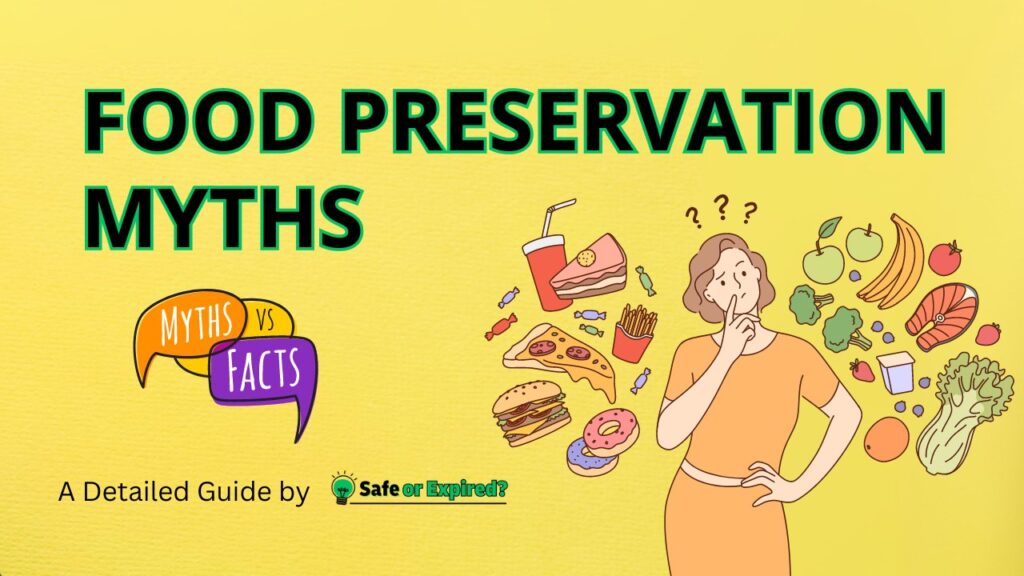Food preservation myths can often lead us astray when it comes to keeping our groceries fresh and safe. It’s time to set the record straight and debunk common misconceptions—from the effectiveness of freezing in killing bacteria to the true meaning of ‘Best Before’ dates.
Stay tuned.
What Are the Common Food Preservation Myths?
Common food preservation myths include the beliefs that freezing kills all bacteria, boiling sterilizes food completely, and ‘Best Before’ dates indicate food safety. Other myths suggest that all preservatives are harmful and that mold can simply be scraped off any food to make it safe.
According to the Food and Agriculture Organization of the United Nations (FAO), about a third of all food produced worldwide is lost or wasted, which amounts to approximately 1.3 billion tons annually. Effective food preservation methods can significantly reduce the amount of food lost during storage and transportation stages. The best way to do this is by finding out which are myths.
Myth #01: Adding Salt Preserves Works Every Time
Salt works by creating a hostile environment for microbial growth. When salt is added to food, it absorbs water from the food through a process called osmosis. This reduction in water activity prevents microorganisms from growing and multiplying. This effectively slows down spoilage according to Potter and Hotchkiss.
However, the effectiveness of salt as a preservative isn’t universal across all food types. While excellent for meats and some vegetables like cabbage (in the form of sauerkraut), it is less effective for other foods. For example, simply sprinkling salt on fresh fruits won’t preserve them. In fact, it may actually hasten their decay by drawing out moisture too quickly.
Moreover, the amount of salt required can vary significantly. It depends on the type of food and the desired shelf life. Over-salting can lead to overly salty food that may require desalination processes like soaking or boiling, which can dilute the original flavors and nutrients.
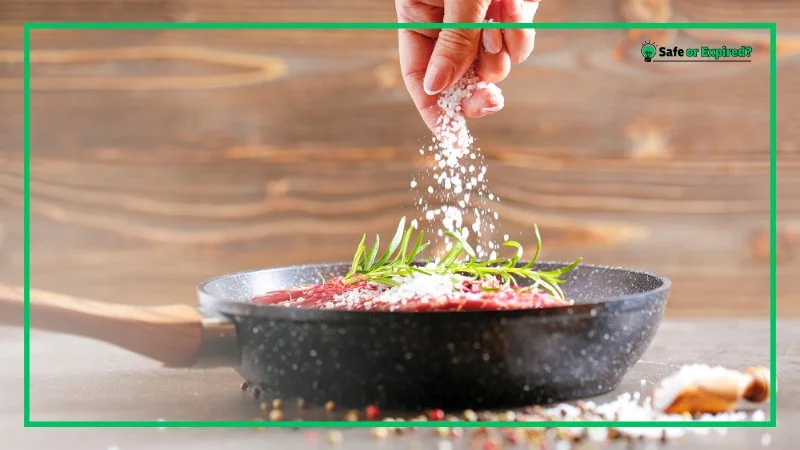
Myth #02: Canned Foods Last Forever
One of the most prevalent myths about food preservation is that canned foods can last forever. They do not. Unfortunately, there are significant limitations.
Canned foods are processed through heat sterilization and sealed to prevent the entry of microorganisms. This method does indeed allow them to last longer than many other food storage methods. Properly stored, unopened cans can remain safe for years, but they do not last indefinitely.
Read this article for detailed information on Best Food Storage and Preservation Tips [Easy Guide].
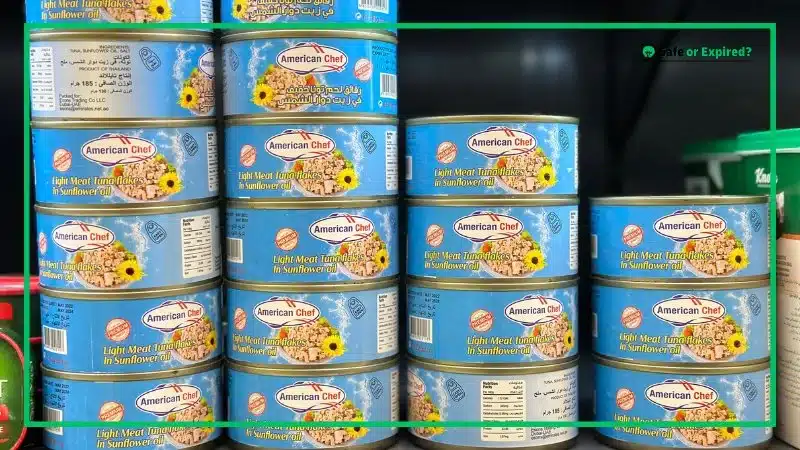
Wondering how long canned foods really last? Here’s a table:
| Canned Food | Shelf Life (Unopened) |
| Vegetables | 1-2 years |
| Fruits | 1-2 years |
| Meats (like tuna, chicken) | 2-5 years |
| Soups and stews | 2-5 years |
| Beans | 2-5 years |
| Tomatoes and tomato products | 12-18 months |
| Condensed milk | 1 year |
Another problem is that these time frames can vary based on several factors, including the storage environment and the condition of the can itself.
The factors that affect the shelf life of canned foods:
- Storage Conditions: You should keep the canned foods in a cool, dry place. It’s because high temperatures can accelerate the deterioration of both the can and its contents, potentially leading to spoilage.
- Integrity of the Can: Dents, rust, or swelling can compromise the can and allow bacteria to enter. Such damage is not just a cosmetic issue—it can pose serious health risks.
Myth #03: Freezing Food Kills Bacteria
A common assumption is that freezing food will kill bacteria, making it a foolproof method for long-term food safety. However, the truth about freezing food is more nuanced. According to CFS, it does not eliminate all bacteria. However, it does slow them down.
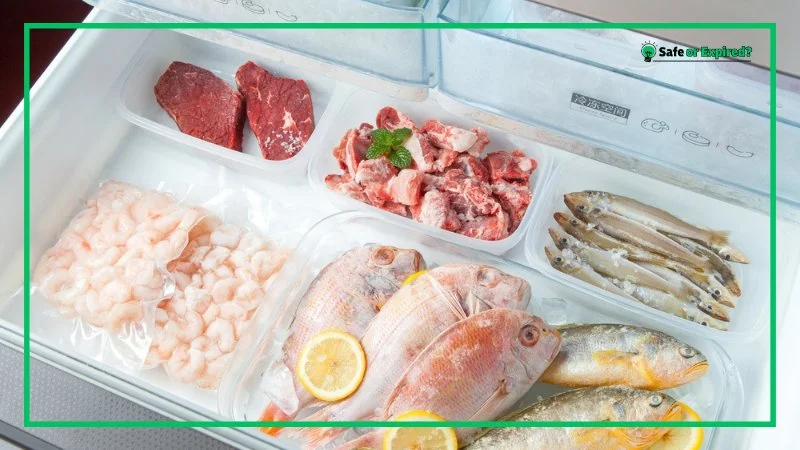
According to FAO, when food is frozen, the metabolism of any bacteria present slows significantly. This is why frozen foods maintain their quality over time and are safe from microbial spoilage for much longer than their fresh counterparts.
Myth #04: Refrigerating Food Stops Spoilage
Many people believe that simply placing food in the refrigerator is enough to stop spoilage entirely. However, while refrigeration significantly slows down bacterial growth, it doesn’t halt it completely. It’s important to understand that foods can and do spoil in the fridge over time.
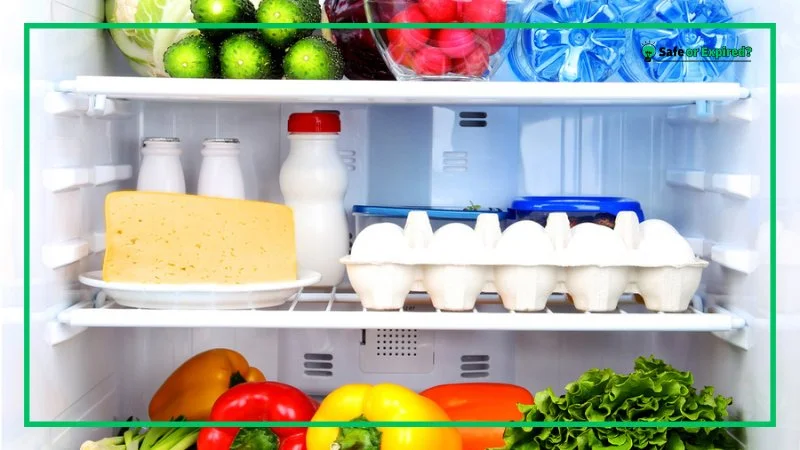
Moreover, you should also know about the limitations of refrigeration. These are:
- Temperature Fluctuations: Every time the refrigerator door opens, it allows warm air to enter. This can cause slight fluctuations in temperature, which will help bacteria.
- Cross-Contamination: If raw foods like meats are improperly stored, they can drip onto other foods, spreading bacteria. This can lead to spoilage and foodborne illnesses if those foods are consumed without proper cooking.
- Humidity and Condensation: Some bacteria thrive in moist environments. Condensation and high humidity inside the fridge can promote bacterial growth in some foods.
Myth #05: Alcohol Preserves Any Food
The idea that alcohol can preserve any food is a common misconception. While alcohol does have preservative qualities, its effectiveness varies significantly. It depends on the type of food and the method of preservation used.
However, alcohol’s preservative effects are not universal for all food types (as mentioned in the “Ethanol as a Food Preservative” book).
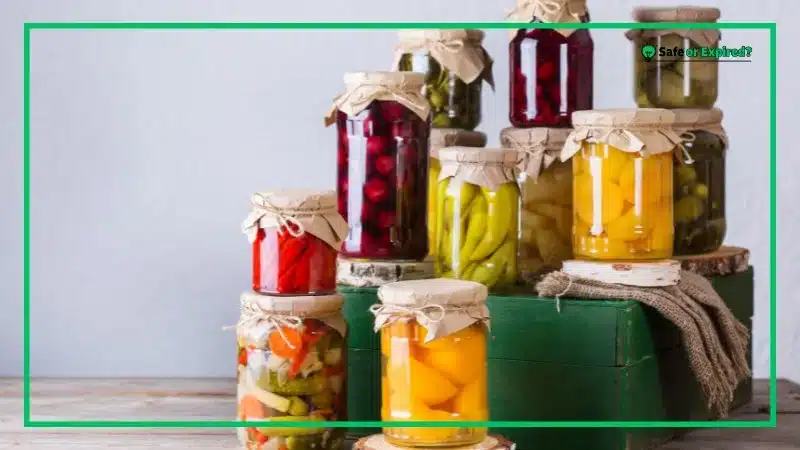
All in all, remember these points:
- Effectiveness Depends on Concentration: The concentration of alcohol plays a crucial role. Generally, a higher alcohol percentage (typically above 15%) is needed to effectively preserve food. Beverages or solutions with lower alcohol content may not prevent spoilage or bacterial growth as effectively.
- Not Suitable for All Foods: Alcohol is more suitable for preserving certain types of foods, like fruits and some dairy products, such as cheeses, where it can also enhance flavor. It is less effective for preserving meats or vegetables. In fact, other preservation methods like salting, smoking, or canning might be more appropriate.
- Changes in Flavor and Texture: Using alcohol as a preservative can significantly alter the flavor and texture of food.
Myth #06: Vinegar Preserves Everything
Vinegar is a popular preservative known for its effectiveness in pickling and preserving a variety of foods. While it does an excellent job of extending the shelf life of many items, the belief that vinegar can preserve everything is a myth. A Researchgate article highlights that it preserves meat for a very limited time.
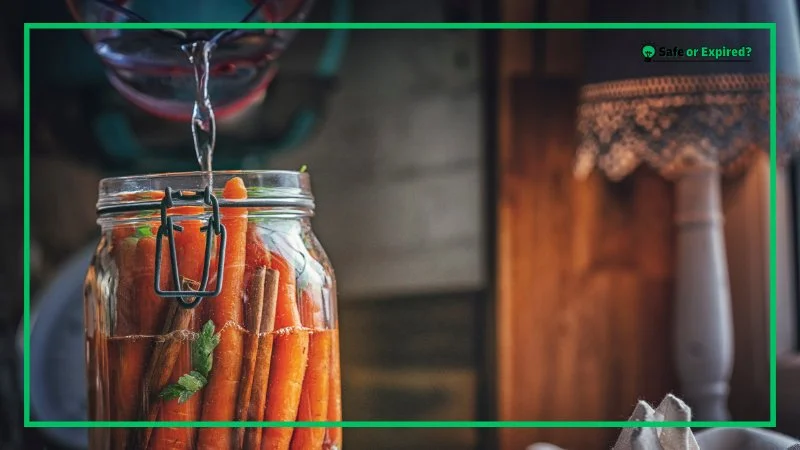
Here are some types of foods that vinegar cannot effectively preserve.
- Dairy products
- Fresh eggs
- Fresh meats
- Oily foods
- High-protein foods
Understanding the scope and limitations of vinegar as a preservative can help you use it more effectively. For more information please refer to Storing Raw Food: Tips For Fruits, Vegetables and Meat article which explains how you should be storing raw food items.
Myth #07: ‘Best Before’ Dates Indicate Food Safety
The labels on food packaging often include ‘Best Before’ dates, which many people mistakenly equate with safety expiration dates. However, these dates typically indicate the period during which the meal is at its peak quality and flavor. It doesn’t mean when it becomes unsafe to eat.
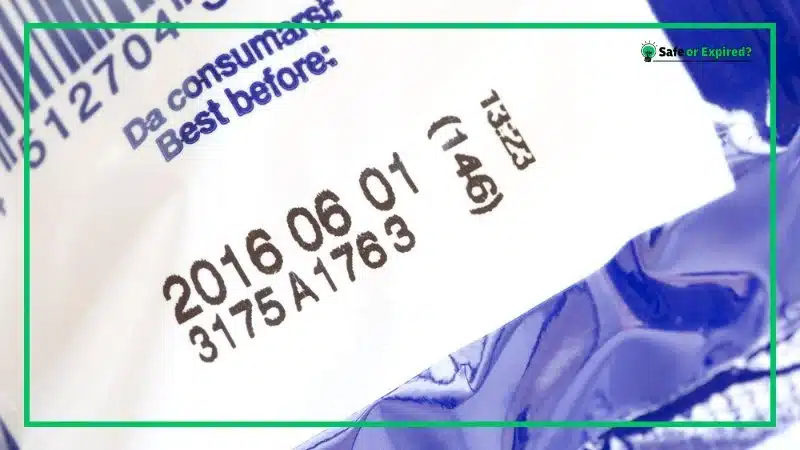
‘Best Before’ dates are provided by manufacturers to suggest when a product will likely possess the best flavor and quality. These dates are not strict safety indicators. This misunderstanding leads to considerable food waste, as many consumers and retailers throw away food that passes its ‘Best Before’ date, even though it may still be perfectly safe to eat. Expiration vs Best By Dates: What’s the Difference? will provide a deeper understanding of how to distinguish between both dates.
It’s crucial to distinguish ‘Best Before’ dates from ‘Expiration’ dates:
- Best Before Date: Indicates when the food will no longer be at its optimal taste and quality but doesn’t necessarily mean the food is harmful if consumed afterward.
- Expiration Date: This is more critical as it indicates when a food product, especially one critical for health (like infant formula), should no longer be consumed due to potential health risks.
Myth #08: Boiling Sterilizes All Foods
A common kitchen belief is that boiling food guarantees it is completely safe by sterilizing it. While boiling is indeed a powerful method to kill many harmful pathogens, it doesn’t entirely eliminate all potential threats (like toxins or spores).
Boiling food involves heating it to a temperature of at least 212°F (100°C). This high temperature can destroy most bacteria, viruses, and parasites that cause foodborne illnesses. For instance, common foodborne pathogens like Salmonella, E. coli, and Listeria are typically killed after a few minutes of boiling.
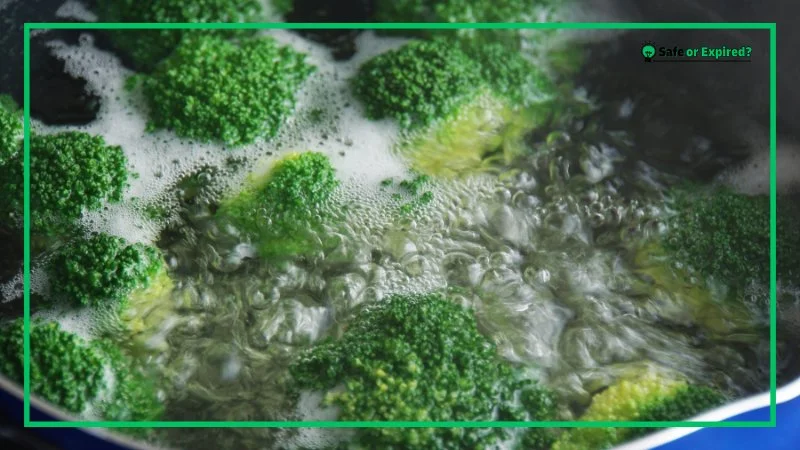
Still, it has limitations. These are:
- Toxins: Some bacteria produce toxins that are heat-stable, meaning they can withstand boiling temperatures. For example, the toxin produced by Staphylococcus aureus, which can cause food poisoning, is not reliably inactivated by boiling.
- Spores: Certain bacteria, such as Clostridium botulinum (which causes botulism), can form spores that are extremely heat-resistant. These spores can survive boiling and can potentially germinate and produce toxins if the food is not stored properly afterward.
- Chemical Contaminants: Boiling also does not remove chemical contaminants or heavy metals from water or food. If the food has been exposed to contaminated water or pesticides, boiling alone might not make it safe.
Myth #09: Mold Can Be Scraped Off of Food
The idea that you can simply scrape or cut off mold from food and still safely eat it is a common misconception. While this may be true for certain types of foods, such as hard cheeses, it does not apply universally.
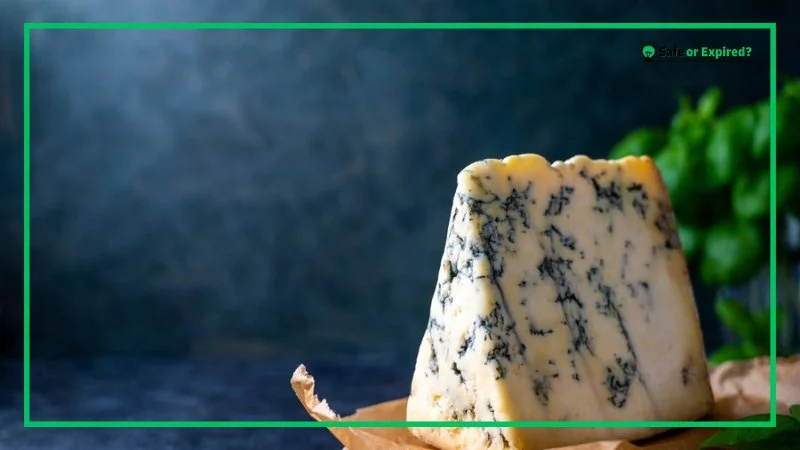
Mold behaves differently depending on the food it grows on. In many cases, scraping off the visible mold isn’t enough to make the food safe to eat.
So, when is it safe to remove mold?
- Hard Cheeses: With hard cheeses, it is generally safe to cut off the moldy or discolored part and eat the rest. Note that the dense texture of the cheese prevents the mold from penetrating deeply. The rule of thumb is to cut at least one inch around and below the discolored or mold spot to ensure all mold roots are removed.
- Hard Salamis and Dry-Cured Hams: Mold on these products can also often be scrubbed or cut off. These items typically have a low moisture content, which can prevent mold from penetrating deeply.
In contrast, many other common foods should be discarded if mold is visible due to the potential for deeper contamination.
- Bread and Baked Goods: Mold can penetrate into these foods very easily due to their porous texture. Eating moldy bread can expose you to harmful mycotoxins.
- Soft Cheeses and Dairy Products: Unlike hard cheeses, soft cheeses (such as cream cheese and yogurt) can allow mold to penetrate throughout the product.
- Fruits and Vegetables: Soft fruits and vegetables with high moisture content can be easily penetrated by mold roots, making them unsafe to eat once the mold is visible.
Myth #10: All Preservatives Are Bad
It’s a common belief that all food preservatives are harmful, but this isn’t entirely accurate. Some preservatives can pose health risks if consumed in large amounts. However, many are carefully tested for safety and are crucial in preventing food spoilage.
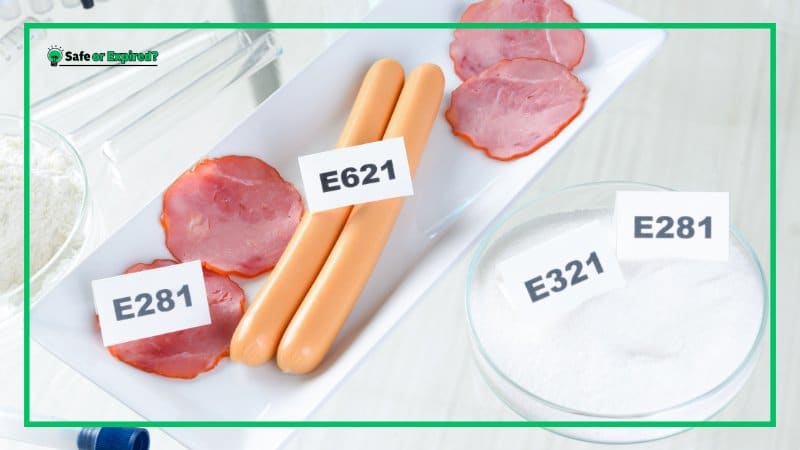
Preservatives help keep food safe in several ways.
- Preventing Foodborne Illnesses: Preservatives reduce the risk of foodborne diseases by inhibiting the growth of harmful microorganisms.
- Extending Shelf Life: Preservatives help maintain product consistency and quality by preventing the natural breakdown of ingredients over time.
- Reducing Food Waste: Preservatives help extend the shelf life of food, which means you can store your meal for a long time. This ultimately reduces food waste.
Unfortunately, not all preservatives are created equal.
- Natural Preservatives: Substances like salt, sugar, vinegar, and citrus are traditional preservatives that have been used safely for centuries.
- Synthetic Preservatives: These include, but are not limited to, substances like sodium benzoate, sorbic acid, and calcium propionate. Food safety authorities test and regulate these to ensure they do not pose health risks when consumed in amounts typically found in foods.
So, when can preservatives be harmful? The concern with some synthetic preservatives arises when they are consumed in large quantities over a long period. For instance, studies have suggested that excessive consumption of certain additives might be linked to health issues such as allergies or a higher risk of certain diseases.
Now, how can you make informed choices? Well, via three ways.
- Read Labels: Familiarize yourself with the ingredients in your food. Knowing what preservatives are included can help you make more informed choices.
- Balance Your Diet: Include fresh, whole foods in your diet along with preserved foods to ensure a balanced intake of nutrients.
- Be Portion Aware: Consume preserved foods in moderation, particularly those containing synthetic preservatives.
To develop a deeper understanding of shelf life and how it can be extended please refer to What Is Food Shelf Life? 10 Easy Tips for Longer Lasting Food!
Conclusion
Understanding the truth behind common food preservation myths not only helps in making safer food choices but also in reducing unnecessary waste. Here are the key takeaways:
- Boiling Isn’t Foolproof: Boiling kills many pathogens but doesn’t eliminate all toxins or spores.
- Mold Removal: While you can cut mold off hard cheeses, mold on items like bread indicates deeper contamination.
- Preservatives Aren’t All Bad: Many preservatives are safe and necessary for preventing spoilage and extending shelf life.
- ‘Best Before’ Dates: These labels indicate peak quality rather than safety; many foods are still safe to eat after these dates.
- Freezing Doesn’t Kill Bacteria: It merely inhibits their growth; bacteria can become active again once the food is thawed.
By debunking these myths, we can enhance our practices around food preservation, ensuring our food remains safe and delicious for longer.

